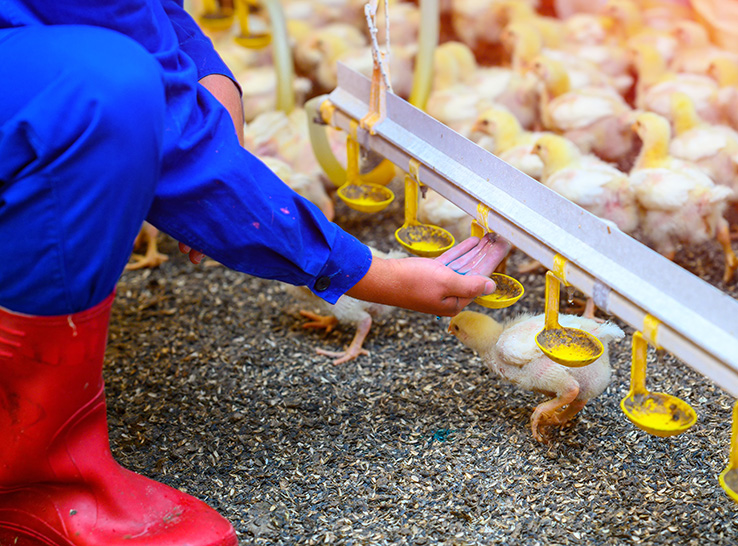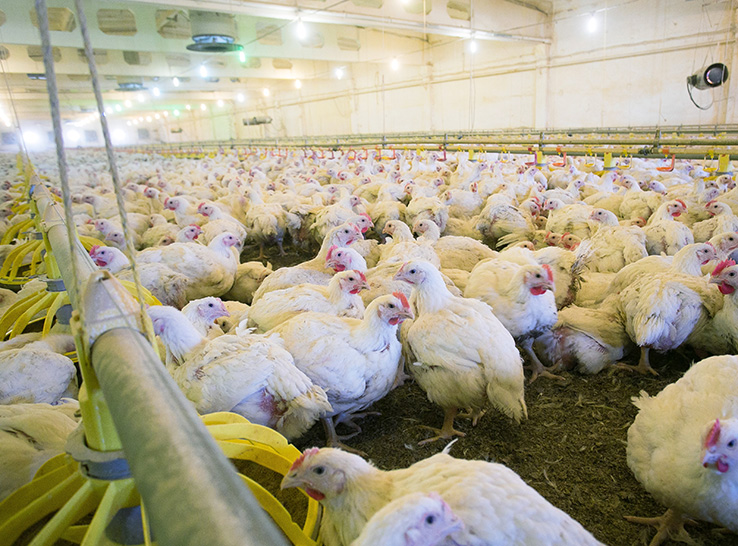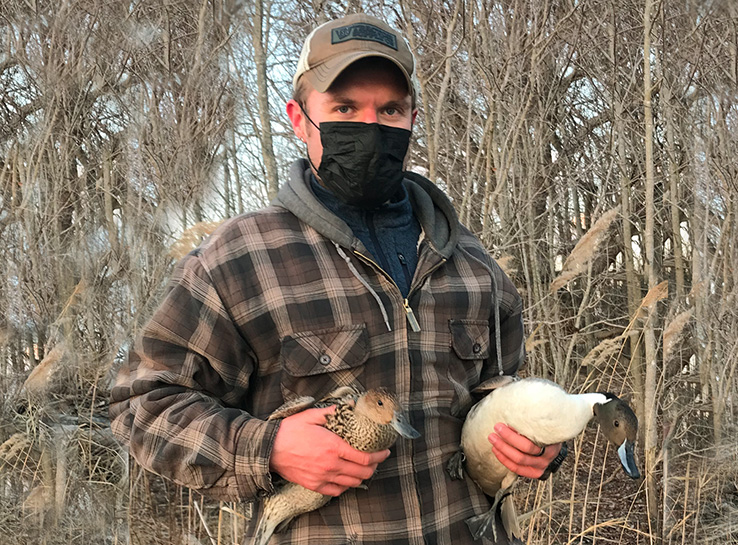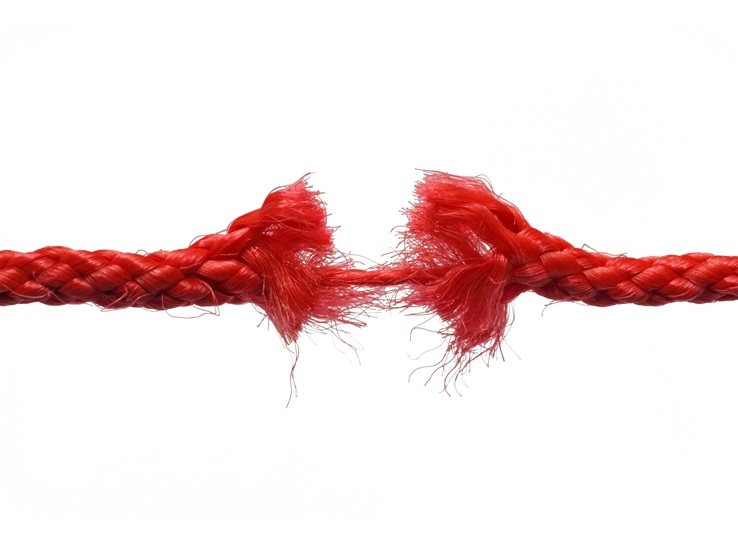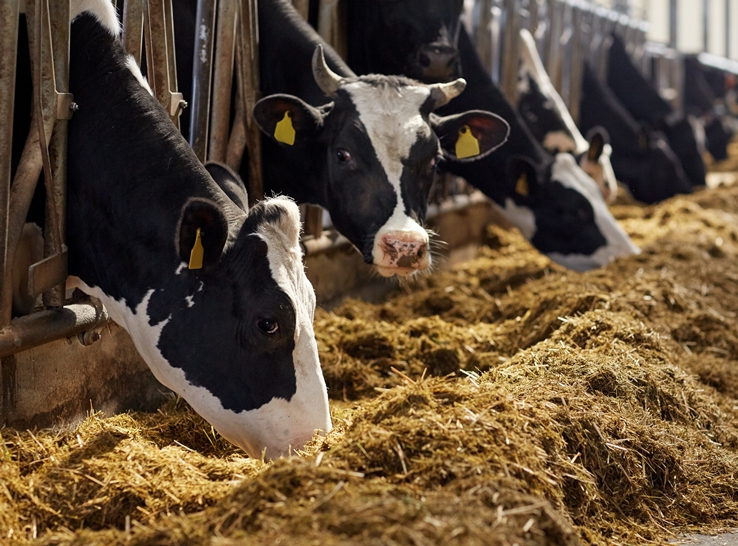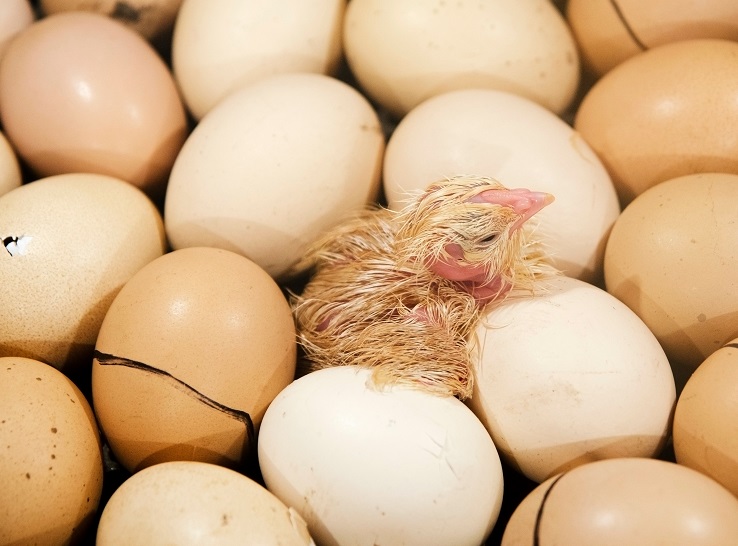With a price tag of over $1 billion for indemnity payments, the current outbreak of highly pathogenic avian influenza (HPAI) is expensive. More than 86 million birds in the US have been depopulated since 2022 under USDA’s stamping-out policy that requires euthanizing all birds on a premise with a positive test.
“A lot of money has been spent on this outbreak,” stated Carrie Cremers, DVM, poultry veterinarian. “I think it is important that we start looking at this differently and use science to understand what’s happening.”
Unfortunately, depopulating a premise in 24 to 48 hours does not produce data to show how quickly a negative flock on a site will contract the virus, she added.
“We need more testing on HPAI sites, like how many flocks are truly positive on a site beyond the index flock?” Cremers asked. “How quickly does the virus spread? Can the virus be contained?
“And can extra testing allow negative barns to remain in operation when another barn on a premise becomes positive?”
Environmental sampling on positive premise
To help find answers, Cremers conducted environmental samplings at a turkey breeder farm that tested positive for HPAI. She discussed the results in a presentation at the 2024 North Central Avian Disease Conference.
The farm included four barns on one premise. One barn experienced an increase in mortality, and subsequent testing revealed that the barn was HPAI-positive.
“During the depopulation, I took environmental samples in all the barns and tracheal samples of all dead birds,” Cremers related.
Using 2-inch strips of gauze, she swabbed potential HPAI entry points like fans, inlets, boot baths, bait stations, as well as the perimeter of all the barns. Litter was also tested in two barns.
All environmental samples from the three non-clinical barns came back negative. Two days later, Cremers followed up with another round of samples and all were still negative. Litter samples were also negative.
Tracheal swabs from the three negative barns were also taken on the same days as the environmental samples. These swabs came back negative.
“I was really frustrated about how this virus was getting into the barns,” she acknowledged.
Testing at the HPAI-positive barn offered some explanation. The environmental samples came back negative on the first day of testing, but one sample was positive on follow-up testing. Tracheal tests also were negative on the first day and positive on the next-day tests.
“So, the barn went from negative one day to positive the next,” Cremers noted. “We will find the virus when it moves to the barn. And I think we didn’t find it in the litter because the birds had just started to shed the virus.”
Potential solutions
“For the future, I think we need to do extra testing and sampling during an outbreak to understand this virus and how it moves,” she suggested. “And maybe we need to slow down the depopulation a little bit to do this.”
“If we don’t, we won’t understand how to help save healthy birds and save money. We need to use science when we talk about this.”
For starters, Cremers suggests sampling all flocks on a premise when just one barn shows clinical signs of HPAI. Follow-up, daily testing on the negative flocks will indicate when the virus spreads on a premise. If a flock goes positive, it is immediately depopulated.
“It will be helpful to learn if there are ways to continue with USDA’s stamping-out policy while avoiding depopulating non-HPAI birds and limiting the amount of indemnity that is paid,” Cremers concluded.

